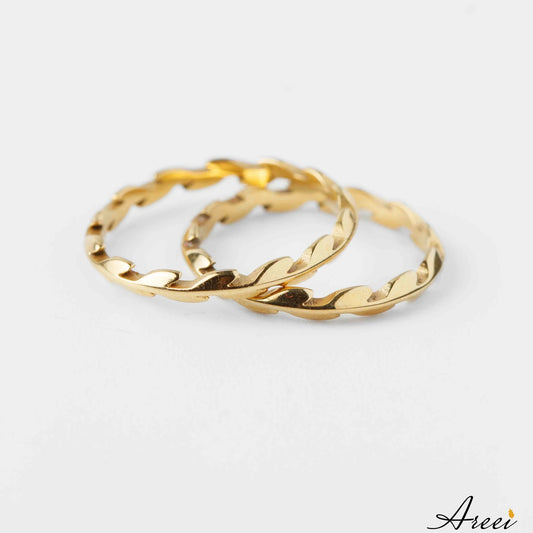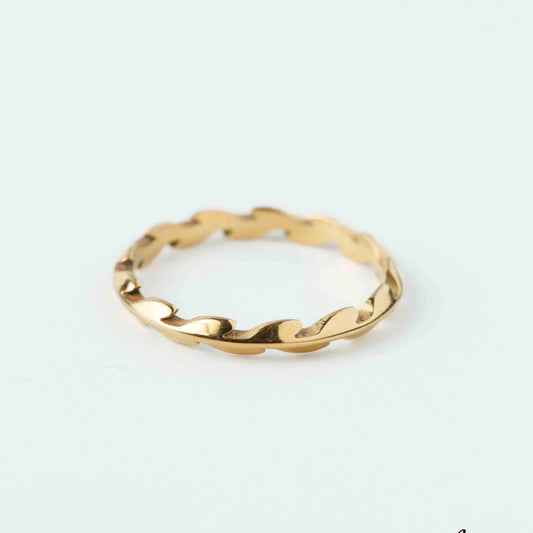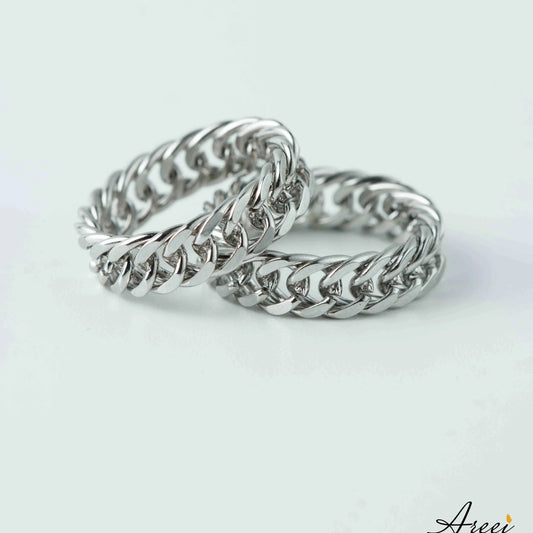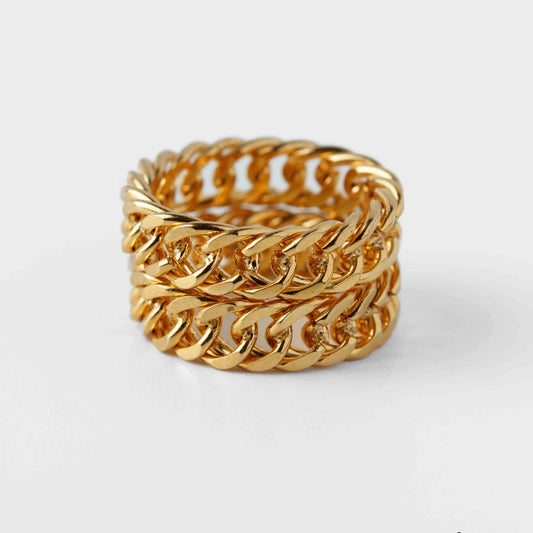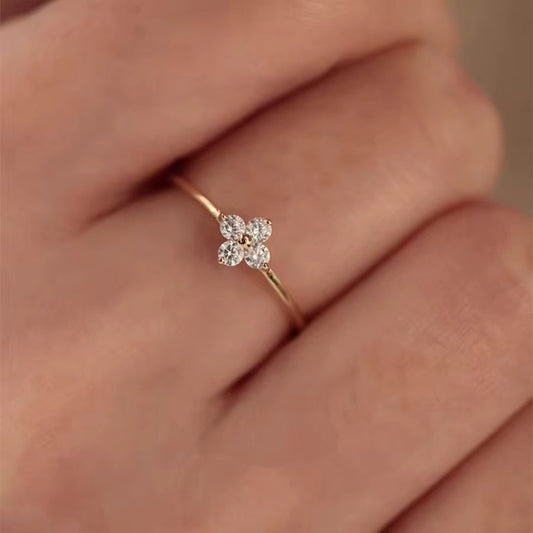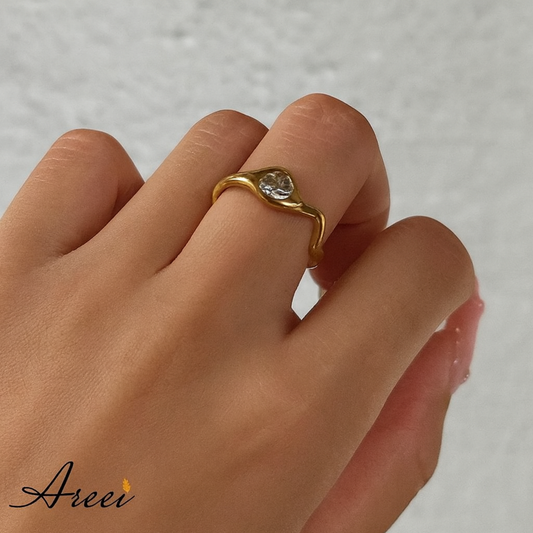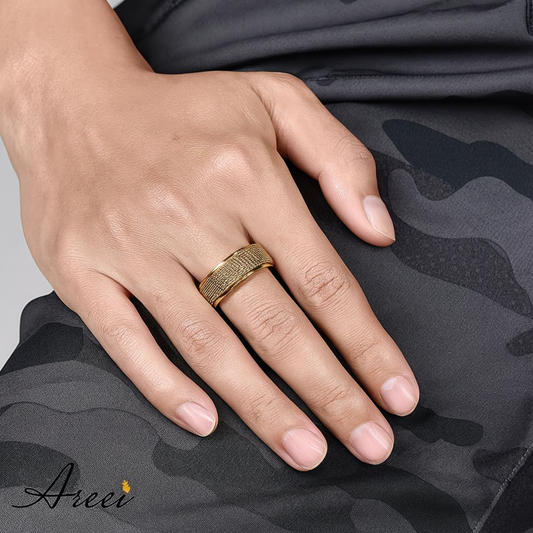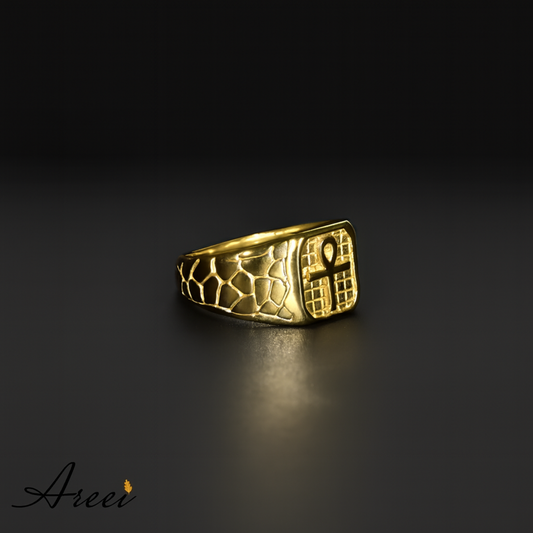When planning a proposal or preparing for marriage, one of the most common questions couples face is understanding the difference between engagement rings and wedding rings. While both symbolise love and commitment, these two types of rings serve distinct purposes, have different designs, and are given at different times in a relationship. This comprehensive guide will help you understand everything you need to know about engagement rings vs wedding rings.
What is an Engagement Ring?
An engagement ring is a piece of jewellery given during a marriage proposal to signify the promise of marriage. Traditionally, the engagement ring is presented by one partner to another as a symbol of their intention to marry and represents the commitment made during the proposal.
Key Characteristics of Engagement Rings
Purpose and Timing: Engagement rings are given during the proposal, marking the beginning of the engagement period. They serve as a visible symbol that someone is engaged to be married.
Design Features: Most engagement rings feature a prominent center stone, typically a diamond, though coloured gemstones like sapphires, emeralds, and rubies are increasingly popular. The design is usually more elaborate and eye-catching than a wedding ring.
Who Wears Them: Traditionally, only one partner (historically the woman) wears an engagement ring, though modern couples may choose different arrangements based on their preferences.
Stone Settings: Common engagement ring settings include solitaire (single stone), halo (center stone surrounded by smaller diamonds), three-stone, and vintage-inspired designs.
Investment Level: Engagement rings typically represent a larger financial investment due to the center stone and more complex design elements.
What is a Wedding Ring?
A wedding ring, also called a wedding band, is exchanged during the wedding ceremony and represents the actual bond of marriage. These rings symbolise the unbroken circle of love and commitment between married partners.
Key Characteristics of Wedding Rings
Purpose and Timing: Wedding rings are exchanged during the wedding ceremony itself, marking the moment when the couple officially becomes married.
Design Features: Wedding rings typically have simpler, more understated designs. They may be plain metal bands or feature small diamonds or gemstones, but the focus is on the band rather than a prominent center stone.
Who Wears Them: Both partners traditionally wear wedding rings, making them a symbol of mutual commitment and equality in marriage.
Durability Focus: Since wedding rings are worn daily for a lifetime, they're designed with durability and comfort in mind, often featuring lower profiles and sturdy construction.
Symbolic Meaning: The circular shape represents eternity and the unending nature of marriage vows.
The Main Differences Between Engagement Rings and Wedding Rings
Design and Appearance Differences
Engagement Ring Design:
- Features a prominent center stone
- More elaborate and decorative settings
- Higher profile that extends above the finger
- Complex metalwork and detailing
- Eye-catching and statement-making
Wedding Ring Design:
- Simpler, more streamlined appearance
- Lower profile for comfortable daily wear
- May feature small accent stones or be completely plain
- Focus on the metal band itself
- Designed to complement the engagement ring
When they're Given and Worn
Engagement Ring Timeline:
- Given during the marriage proposal
- Worn throughout the engagement period
- Often worn on the ring finger of the left hand
- May be moved to the right hand during the wedding ceremony
Wedding Ring Timeline:
- Exchanged during the wedding ceremony
- Worn from the wedding day forward
- Both partners receive and wear wedding rings
- Worn alongside the engagement ring after marriage
Symbolism and Meaning
Engagement Ring Symbolism:
- Represents the promise to marry
- Symbolises the proposal and acceptance
- Shows commitment during the engagement period
- Often reflects personal style and the giver's devotion
Wedding Ring Symbolism:
- Represents the actual marriage bond
- Symbolises eternal love and commitment
- Shows marital status to the world
- Represents equality and mutual commitment
How Engagement and Wedding Rings Work Together
The Bridal Set Concept
Many couples choose coordinating engagement and wedding rings, known as a bridal set or wedding set. These rings are designed to complement each other and can be worn together comfortably.
Matching Elements:
- Same metal type and finish
- Coordinating design elements
- Proper fit when worn together
- Complementary stone settings
Custom Coordination:
- Wedding bands designed to fit around engagement ring settings
- Contoured bands that follow the engagement ring's shape
- Shared design pattern and styling
- Balanced proportions when worn as a set
Wearing Both Rings
After marriage, many people wear both their engagement ring and wedding ring on the same finger. The traditional arrangement places the wedding ring closest to the heart (closer to the palm) with the engagement ring on top.
Common Wearing Styles:
- Wedding ring first, engagement ring second
- Both rings on the left ring finger
- Some prefer to wear them on separate hands
- Soldering rings together for a permanent set
Modern Variations and Trends
Non-Traditional Approaches
Modern couples are creating new traditions around engagement and wedding rings:
Equal Exchange: Some couples exchange engagement rings with each other, rather than following traditional gender roles.
Alternative Stones: Coloured gemstones, lab-grown diamonds, and unique stones are increasingly popular for engagement rings.
Minimalist Designs: Simple, understated engagement rings that blur the line between engagement and wedding rings.
Vintage and Antique Options: Choosing rings with history and unique character rather than contemporary designs.
Budget-Conscious Decisions
Understanding the differences helps couples make informed budget decisions:
Priority Setting: Deciding whether to invest more in the engagement ring or save for matching wedding bands.
Alternative Options: Lab-grown diamonds and alternative stones can reduce engagement ring costs.
Timeline Planning: Spreading purchases over time to manage budget impact.
Value Considerations: Balancing emotional significance with practical financial planning.
Cultural and Regional Differences
International Variations
Different cultures have varying traditions around engagement and wedding rings:
European Traditions: In many European countries, both partners wear engagement rings, and wedding rings may be worn on the right hand.
Religious Considerations: Various religious traditions have specific customs about ring wearing and exchange ceremonies.
Cultural Symbolism: Different cultures may emphasise different aspects of ring symbolism and meaning.
Modern Adaptations
Contemporary couples often blend traditional elements with personal preferences:
Personalised Ceremonies: Creating unique ring exchange ceremonies that reflect individual relationships.
Gender-Neutral Approaches: Moving away from traditional gender roles in ring giving and wearing.
Family Traditions: Incorporating family heirloom rings or creating new family traditions.
Practical Considerations When Choosing
Lifestyle Factors
Consider how each ring type fits your daily life:
Engagement Ring Considerations:
- Higher settings may catch on clothing or objects
- Delicate designs may require more careful handling
- Professional environments may influence style choices
Wedding Ring Considerations:
- Comfort for daily, lifelong wear
- Durability for various activities
- Professional appropriateness
Maintenance and Care
Different ring types require different care approaches:
Engagement Ring Care:
- Regular professional cleaning for optimal stone brilliance
- Prong inspection to ensure stone security
- Protection during activities that might damage settings
Wedding Ring Care:
- Daily cleaning to maintain appearance
- Regular inspection for wear patterns
- Refinishing as needed to maintain beauty
Making Informed Decisions
Questions to Consider
When choosing between different engagement and wedding ring options:
Personal Style: What design elements reflect your personality and preferences?
Practical Needs: How will the rings fit into your daily lifestyle and activities?
Budget Allocation: How do you want to distribute your ring budget between engagement and wedding rings?
Long-term Vision: How do you envision wearing and enjoying these rings throughout your lifetime?
Professional Guidance
Working with experienced jewelers can help you understand:
- Quality differences in stones and settings
- Proper sizing for comfortable wear
- Coordination between engagement and wedding rings
- Maintenance requirements and warranties
Celebrating Love Through Understanding
Understanding the difference between engagement rings and wedding rings helps couples make informed decisions that reflect their values, style, and budget. While engagement rings symbolise the promise of marriage with their elaborate designs and prominent stones, wedding rings represent the actual marriage bond through their simpler, more durable designs meant for lifetime wear.
Both types of rings play important roles in celebrating love and commitment, but they serve different purposes at different stages of a relationship. By understanding these differences, couples can choose rings that truly represent their unique love story and provide lasting joy throughout their marriage.
Whether you prefer traditional approaches or modern interpretations, the most important aspect is that your rings reflect your personal style and the significance of your commitment to each other. Take time to understand the options, consider your lifestyle and preferences, and choose rings that will make you smile every time you see them on your finger.


